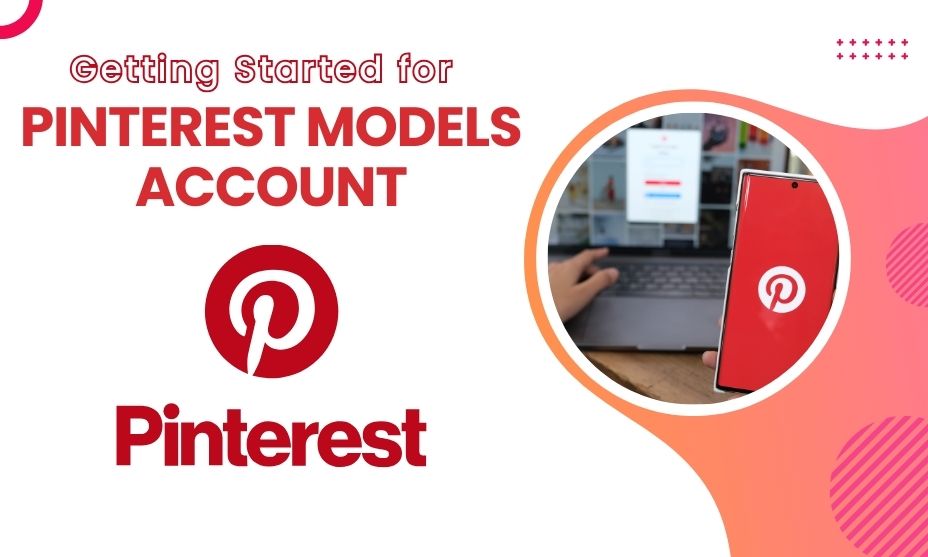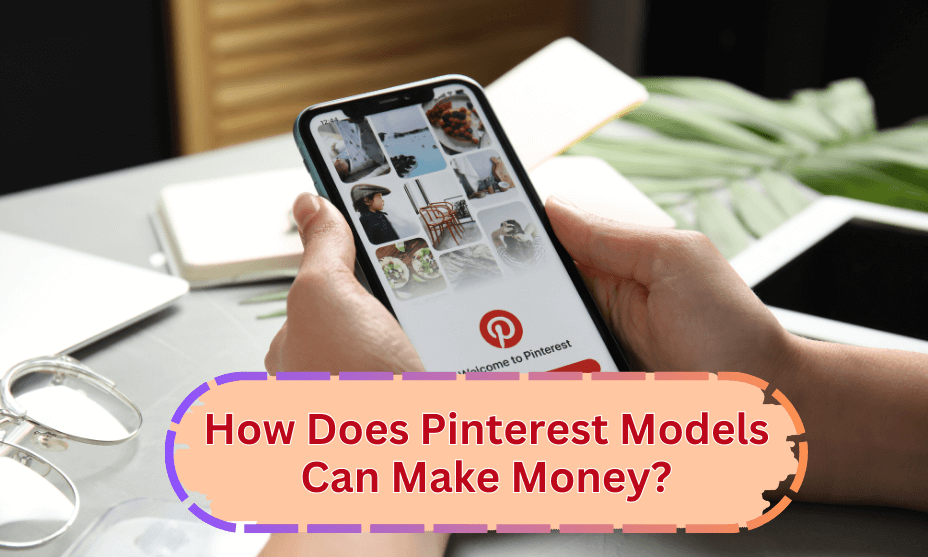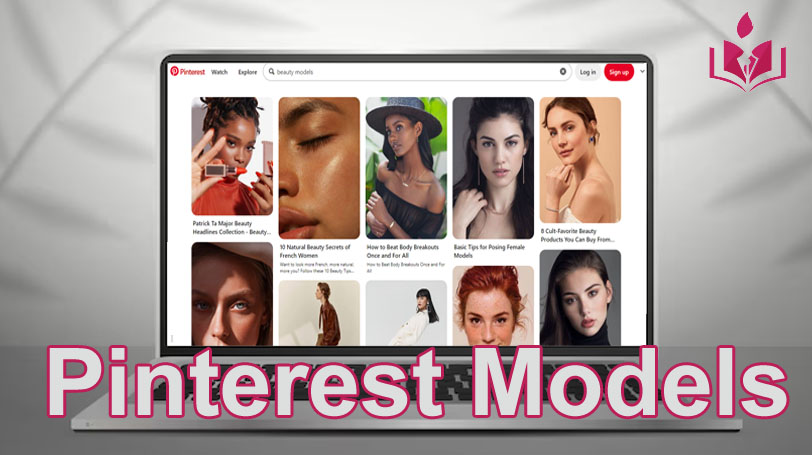Have you ever considered taking influences from a visual search engine like Pinterest? If not so, then why? Influencers on the Pinterest platform are capable of taking your business from zero to a hundred. They are also called “Pinterest Models.” Further, they have the potential to engage a larger audience through storytelling, curated boards, and pins.
If you are interested in learning more about Pinterest Models and their capabilities, then keep reading. Let’s start with knowing what they are exactly!
Pinterest Models – An Overview
Pinterest Models, who are also called influencers, create content on Pinterest, a visual search engine. They inspire the whole community of content creators with their unique ideas, content styles, and expertise.
Furthermore, Pinterest Models play a crucial role in boosting audiences’ engagement and driving website traffic. Their unique preferences and ideas inspire and provide the whole community with a guide to flow with promotion.
The Evolution of Pinterest Models
The story of the evolution of Pinterest Models is not too short, but I will try to make it short for you. Over the years, Pinterest users have engaged in creating content for users over the site and changed into models. Now, newbie creators take inspiration from their work and how they control the style of a specific design.
Authenticity is the cornerstone of a successful Pinterest model. Being true to your style and values resonates with your audience and builds trust.
Getting Started for Pinterest Models Account

Account Setup Basics
- Create an Account: Sign up with your email or existing social media profiles to get started.
- Business vs. Personal Account: Decide whether you want to use Pinterest as an individual or promote your business.
Navigating Pinterest
- Home Feed: You need to explore your Pinterest feed, showcasing pins from accounts you have followed.
- Pins and Boards: The building block of Pinterest is understanding the difference between pins and boards.
Understanding Pinterest Models
Pinterest models are content curators who gather and organize Pins on themed boards. They often focus on specific niches like fashion, food, travel, DIY, or business.
Various Types
Pinterest models can be individuals, bloggers, businesses, or non-profits. They cater to diverse interests and demographics.
- Individual Models: These are individuals who create a personal brand around their interests or expertise.
- Business Models: Businesses leverage Pinterest models to promote products and services in an authentic way.
- Non-Profit Models: Non-profits use Pinterest models to raise awareness for their causes.
- Collaborative Models: Collaborations between multiple Pinterest models can create a dynamic and engaging presence.
How to Become a Pinterest Model
- Choose Your Unique Style: Your unique and different style sets you apart from other Pinterest Models. Therefore, choose a unique and engaging content-creating style.
- Identifying Your Niche: You need to focus on a specific niche that will allow you to target a specific audience from the sea.
- The Art of Board Curation: Create clear curated boards with a clear theme to make sure that they align with your brand’s strategy.
- Visual Consistency: Maintain a consistent look and feel across your boards for a consistent presence on the platform.
1- Optimizing Your Profile
- Personalization and Keywords: Make your account personalized by adding your bio and relevant keywords to your account to get discovered.
- Logo vs. Personal Photo: Decide whether to use a logo or a personal photo to engage a larger audience for a better outcome.
- Profile Picture: Now, select a high-resolution picture as your profile picture.
- Image Quality and Style: You need to invest in high-quality images and create a consistent style that aligns with your brand’s goals.
- The Power of Infographics: Create infographics to engage higher audiences because they’re highly shareable and help brands convey information.
- Keywords and SEO: You have to optimize your descriptions with relevant keywords to enhance your discoverability factor.
- Call-to-Action Techniques: Encourage users to take action by creating actionable calls to action in your descriptions.
2- Build a Robust Follower Base
- Engagement with the Pinterest Community: Interact with other users, comment on pins, and join conversations.
- Effective Use of Group Boards: Participate in group boards related to your niche to expand your reach.
- Collaborations
- Partnering with Fellow Pinterest Influencers: Collaborate with other Pinterest models for cross-promotion and audience growth.
- Brand Collaborations for Growth: Working with brands can provide exposure and monetization opportunities.
3- Content Creation
- Image Selection and Editing: Choose visually appealing images and use editing tools to enhance their quality.
- Video Pins and Storytelling: Incorporate video pins to tell engaging stories and capture your audience’s attention.
- Storytelling in Descriptions: Use descriptions to narrate a story that complements your pin, sparking interest.
- Using Hashtags Wisely: Employ hashtags strategically to increase your pins’ discoverability.
4- Analytics and Tracking
- Understanding Analytics Metrics: You must dive into metrics like impressions, clicks, and engagement to assess your performance and select areas of improvement.
- Pin and Board Performance Analysis: By gathering insights, you will be able to identify your top-performing pins and boards to refine your strategy.
- A/B Testing for Improvement: Experiment with different strategies to identify what resonates best with your audience.
5- Pinterest Models Ads
- Paid Advertising Options: You need to explore various paid advertising options, such as Promoted Pins and Shopping Ads, to discover a discoverable factor in the market.
- Setting Advertising Goals: Define clear objectives for your advertising campaigns, whether brand awareness or boosting conversion rates.
- Design Principles for Ads: Create visually appealing ad content that aligns with your brand and captures audiences’ attention.
- Targeting and Budgeting Tips: Optimize your ad targeting to reach your ideal audience and set a budget that suits your goals.
- Optimizing Pin Descriptions: Maximize your pins’ discoverability by crafting SEO-friendly descriptions that insist search engines provide you with a high ranking.
How Does Pinterest Models Can Make Money?
Pinterest Models can earn money through various avenues on the platform:

Sponsored Pins
Pinterest models can collaborate with brands to create and promote sponsored pins. These pins are paid for by businesses and appear in users’ feeds, driving engagement and sales. Pinterest earns revenue from businesses that promote these pins.
Affiliate Marketing
Pinterest models can use affiliate marketing by sharing affiliate links in their pins. When users make purchases through these links, the model earns a commission. This method allows models to monetize by recommending products they love.
Promoted Boards
Pinterest offers a feature called “Promoted Boards,” where businesses pay to promote entire boards. They can partner with these businesses to create and manage these boards, earning a fee for their services.
Consulting and Services
Experienced Pinterest models can offer consulting services to businesses looking to improve their Pinterest strategy. This includes optimizing boards, pins, and descriptions for better visibility and engagement.
Content Creation
Content creation can be a way for Pinterest Models to make money. For instance, e-books, online courses, and printables to sell to other users and businesses. They are free to promote these products on Pinterest Feed and engage audiences to convert them into their customers.
The Closing Remarks
Pinterest Models are unique content creators on the Pinterest platform for other users to keep them engaged. However, they are the inspiration for many newbie visual content creators on Pinterest because of their unique ideas and creation style. Whether you are a newbie or trying to raise your game for years, the secret of Pinterest’s success is essential to know. In the above section, I have compiled the whole guide to Pinterest models that will give you a solution to your queries.

